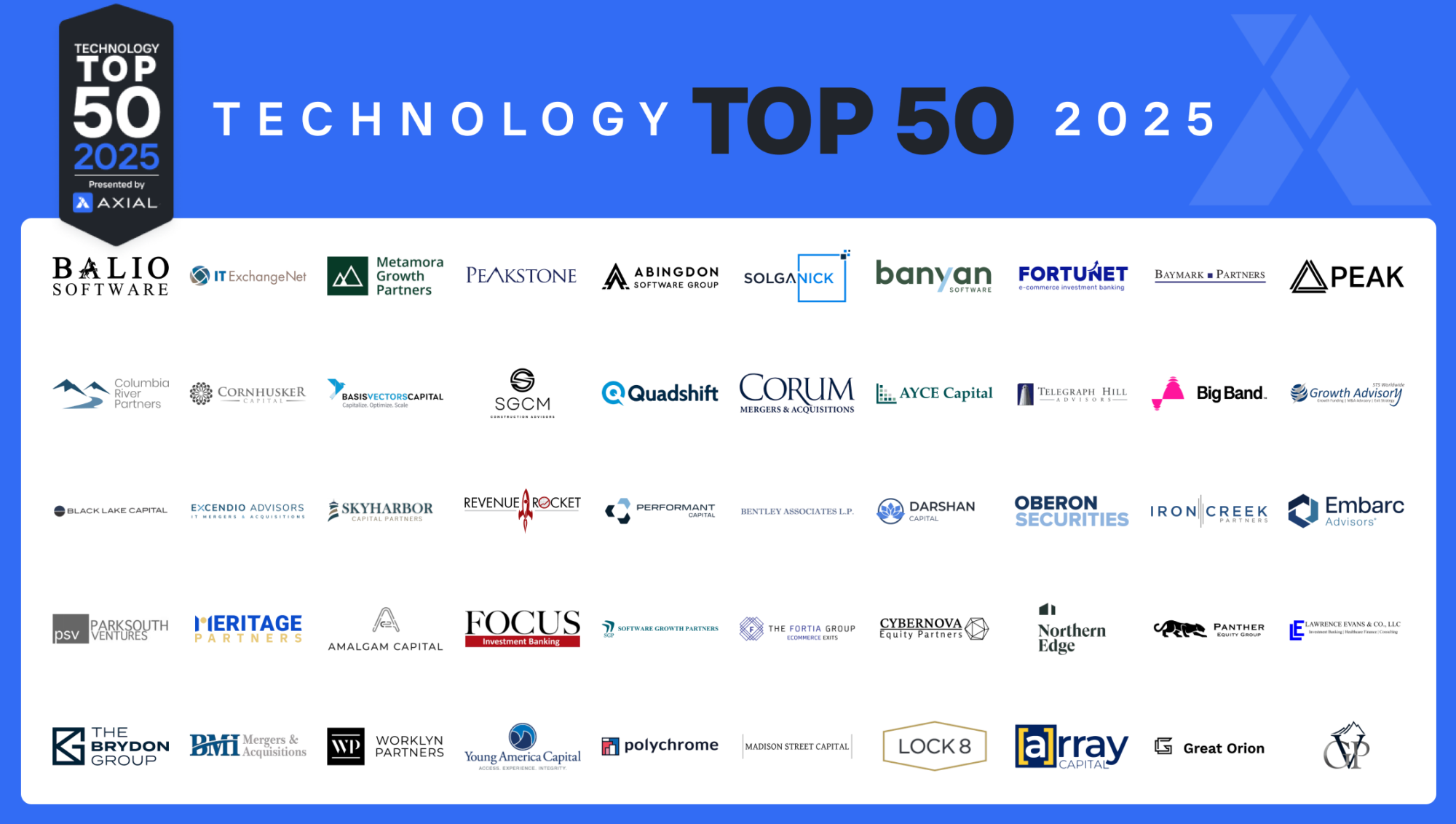
The Top 50 Lower Middle Market Technology Investors & M&A Advisors [2025]
Technology remains a steady presence in the lower middle market, representing ~13% of deals brought to market via Axial over…
Mental and behavioral health remains a hot healthcare category in the lower middle market — the subsector was one of the top 5 most in-demand healthcare subsectors on Axial in 2019, according to data from over 1,500 buyer mandates. However, the space is rationalizing. We talked to Corey Mertz and Kevin Taggart, co-founders of Mertz Taggart, a healthcare M&A advisory firm focused on home and behavioral health, and Keith Jones, CEO of Blue Sprig Pediatrics, a leader in the autism services category, about this evolution as well as the continued growth in autism care.
This article is an excerpt from Axial’s 2019 Lower Middle Market Periodic Table of Healthcare — check out the full report for more on the top LMM investors and acquirers and healthcare investment bankers and advisors, as well as other in-demand healthcare categories.
—
“In 2014 and 2015, it wasn’t uncommon to see 40-50 percent EBITDA margins in behavioral health categories, but the market crumbled a bit in 2016. With everybody and their brother wanting to get a piece of the action, there became a glut of beds in the category,” says Mertz.
With both patient recidivism rates and private equity-led activity in behavioral health at all-time highs during the mid-2010s, payers became more sophisticated and reduced reimbursement. This led to the current rationalization period, which many predict will last through 2020. The market for resource-intensive residential substance abuse programs has settled a bit, and is expected to take another quarter or two before it re-corrects as consolidators try to digest and stabilize what they’ve acquired over the last few years. `
In the meantime, “the MAT category is super hot with very high multiples,” remarks Kevin Taggart, co-founder of Mertz Taggart. MAT refers to “medically-assisted treatment centers,” which combine behavioral health with medicine to treat substance abuse disorders.
Within this category are OTPs (opioid treatment programs), which increasingly are moving away from inpatient care to a lower-cost care model wherein the patient receives daily doses of medicine administered at an office. These enable the patients to live functional lives, with patients in this category as a result representing 10-20 year customer lifetimes given current treatment protocols.
Part of the attraction of these MAT approaches is the contrast in their approach with legacy inpatient approaches, which focused on abstinence-based techniques. Inpatient approaches are not only more expensive but also suffer from enormously high failure rates, such that insurers must pay out for no sustainable patient benefit.
Autism Care Likely to Enjoy Regulatory and Political Steadiness
Autism diagnoses have more than doubled in the last 10 years, from one in 125 children being diagnosed in 2008 to one in 59 in 2018, according to the Center for Disease Control and Prevention. Fifteen percent of that growth has come in the last two years. While theories abound regarding the causes of autism’s growth on an absolute basis (aging maternalism, pesticides, and other environmental factors), it still appears to be largely a hereditary disorder. As more cases are diagnosed, M&A opportunities and the overall category continue to expand.
Risk factors for the sub-sector are minimal. “The only meaningfully large player that could influence reimbursement in the autism category is maybe Tricare,” says Keith Jones, CEO of Blue Sprig Pediatrics, a leader in the autism services category. “We’re not really touched by PDGM-related issues. And as for the 2020 presidential election, it would likely be a political minefield to go after the Autism Cares Act.” The Autism Cares Act is the primary source of federal funding for autism research, services, training, and monitoring.
Given these trends, PE firms and sponsor-backed corporations are chomping at the bit for mental and behavioral healthcare opportunities, sometimes paying multiples in the low- to mid-teens for a businesses above $2 million EBITDA.
KKR-backed Blue Sprig continues to grow at a very rapid pace, both organically and through strategic acquisitions. “We maintain full conviction in the space, and believe that there is still a clear and significant need for a rational provider to exist at scale. We believe we’re well-positioned to be that provider.”
